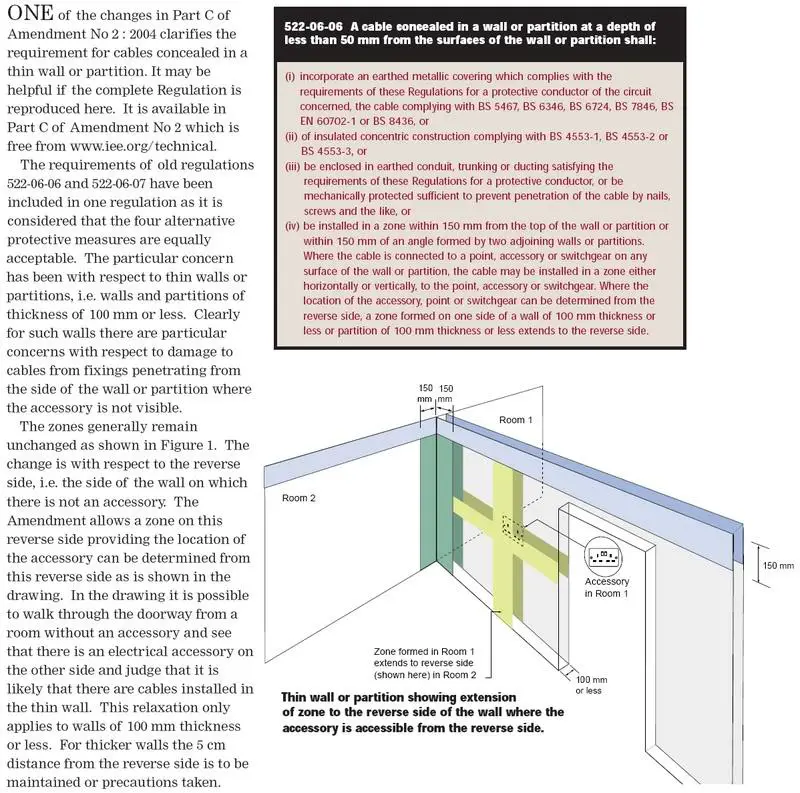I am moving a socket in a room, around a corner. I need to extend the cable and I'm not sure how to join the old cable to the extra new length I need.
I've cut a chase just above the skirting to run the cable along, and I was planning to secure it with clips then finish it off with filler when done (no trunking).
Can I join my new cable with a chocolate block connectors and bury it all in the wall? That seems a bit vulnerable. Or do I use a round junction box to make the join, and bury that in the wall? That seems like a big lump to be burying in the wall (lathe and plaster).
I can't go under the floor btw.
I've cut a chase just above the skirting to run the cable along, and I was planning to secure it with clips then finish it off with filler when done (no trunking).
Can I join my new cable with a chocolate block connectors and bury it all in the wall? That seems a bit vulnerable. Or do I use a round junction box to make the join, and bury that in the wall? That seems like a big lump to be burying in the wall (lathe and plaster).
I can't go under the floor btw.


